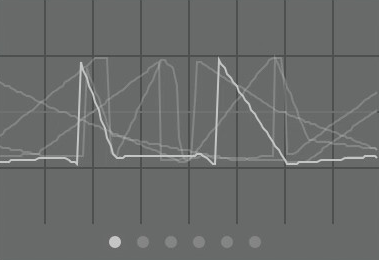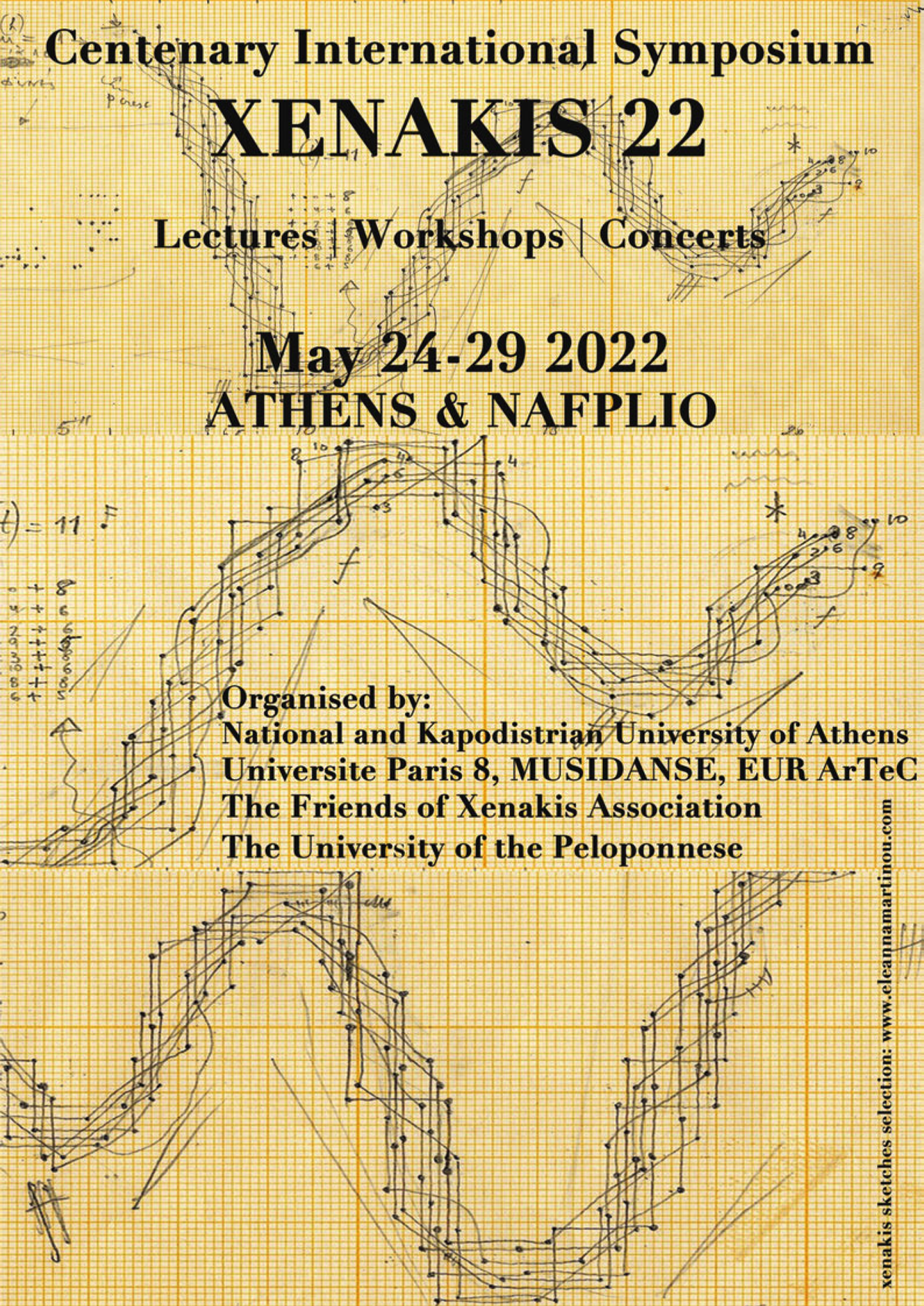
24 May 2022
Gendy Revisited
For the occasion of the 100th birthday of Iannis Xenakis, in May 2022 a symposium was organized in Athens with lectures, workshops and concerts. Teaming up with Jeyong Jung, the creator of Jeynoise, we submitted a paper for this symposium in which we shared our findings of seeding the Gendy model with Jeynoise output as a model for composition with dynamic stochastic synthesis.
The first paragraph of our paper reads:
Xenakis’ GENDY presents itself as a very elegant and effective implementation of a model that successfully realises how “musical sounds may be described as a function of amplitude over time” (Koenig 1971, p. 93). In their endeavours the authors have not approached it as an original that needs to be respected or emulated. Rather, they have considered GENDY and the underlying thinking a model that invites experimentation, thereby possibly developing it in various directions and—hopefully—finding useful musical results.
This experimentation took place in the Max environment by Cycling’74, using dedicated objects that were developed by Jeyong. For those interested, these objects are available in the package manager of the Max application as part of the ACToolkit package. In addition to these objects, genexpr code was developed in the gen~ environment that Max provides. This genexpr language appears to be an excellent choice for sample by sample synthesis.
The aim was to create a version of Gendy, largely following the original definition, that would be capable of producing varying and rich output, not due to parameter change but simply by adjusting the noise distributions provided by various Jeynoise procedures. In addition the Gendy output was fed back into itself through Jeynoise as a means of projection. The underlying idea for this step was that variations in the sound output of Gendy, would accordingly push its behavior into one or another direction.
During our paper presentation, we shared various results, including the one presented here. This video shows how, while all parameters remain fixed, just through varying distributions different sound characteristics are created.


